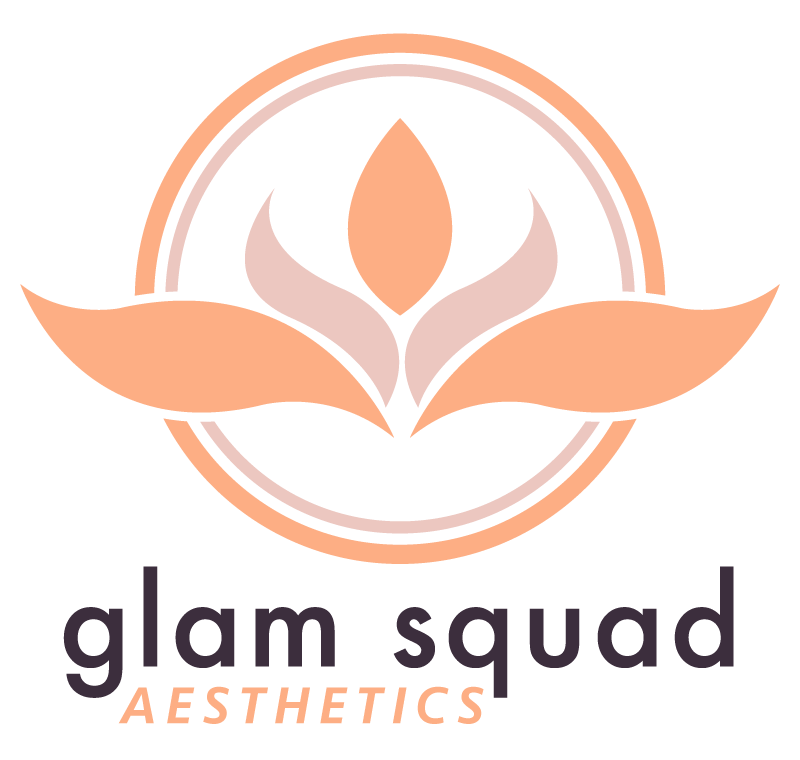The history of the cosmetic aesthetics industry can be traced back to ancient civilizations, where people used various treatments and procedures to enhance their appearance and maintain their youth. However, in the 20th century, cosmetic aesthetics became a recognized medical specialty and a thriving industry.
In the early 1900s, cosmetic surgery was still considered a niche field mainly performed by general practitioners. However, advancements in technology and medicine and increasing public interest led to the development of the first cosmetic surgery clinics. These clinics focused mainly on facial surgery and were largely unregulated, leading to many poor outcomes and malpractice.
The 1960s marked a turning point in cosmetic aesthetics' history with silicone breast implants' introduction. The popularity of these implants sparked a wave of innovation and experimentation, leading to the development of new techniques and procedures for cosmetic enhancement. At the same time, the growing popularity of cosmetic surgery brought about greater regulation and oversight of the industry, leading to improved standards and safer procedures.
In the 1970s and 1980s, cosmetic aesthetics continued to evolve with the introduction of new procedures such as facelifts, liposuction, and chemical peels. The advent of these procedures marked a shift away from invasive surgery towards non-invasive or minimally invasive treatments, which were less risky and had faster recovery times. The rise of these procedures also led to the development of new technologies, such as laser and ultrasound-based treatments, which further expanded the range of options available to patients.
The 1990s and early 2000s saw a boom in the cosmetic aesthetics industry as the public's interest in cosmetic treatments grew. This led to the establishment of many new clinics, the growth of existing ones, and the introduction of new procedures and treatments. At the same time, the industry became more regulated, with the introduction of licensing and certification requirements for practitioners, as well as stricter standards for the manufacture and sale of cosmetic products.
In recent years, the cosmetic aesthetics industry has continued to grow and evolve, driven by technological advances and growing demand for minimally invasive treatments. Today, the industry offers a wide range of options for cosmetic enhancement, from injectable treatments such as Botox and dermal fillers to non-invasive procedures such as laser hair removal and micro-needling. The industry is also becoming more accessible and affordable, with many practitioners offering affordable treatments and financing options.
Despite its growth and evolution, the cosmetic aesthetics industry faces challenges and controversies. For example, there are concerns about the safety and effectiveness of some treatments, as well as the qualifications and experience of some practitioners. In addition, the industry is not universally recognized as a medical specialty, which can lead to confusion and mistrust among the public.
Despite these challenges, the cosmetic aesthetics industry continues to thrive, driven by a growing demand for cosmetic treatments and a commitment to improving patient outcomes and safety. As the industry continues to evolve, new treatments and technologies will likely emerge, offering even more options for cosmetic enhancement and rejuvenation.
In conclusion, the history of the cosmetic aesthetics industry is a story of growth, evolution, and innovation. From its early roots in ancient civilizations to its current status as a thriving industry, the cosmetic aesthetics industry has undergone a tremendous transformation, driven by technological advances and a growing demand for cosmetic treatments. Despite its challenges and controversies, the industry continues to grow and evolve, offering patients various options for cosmetic enhancement and rejuvenation.
